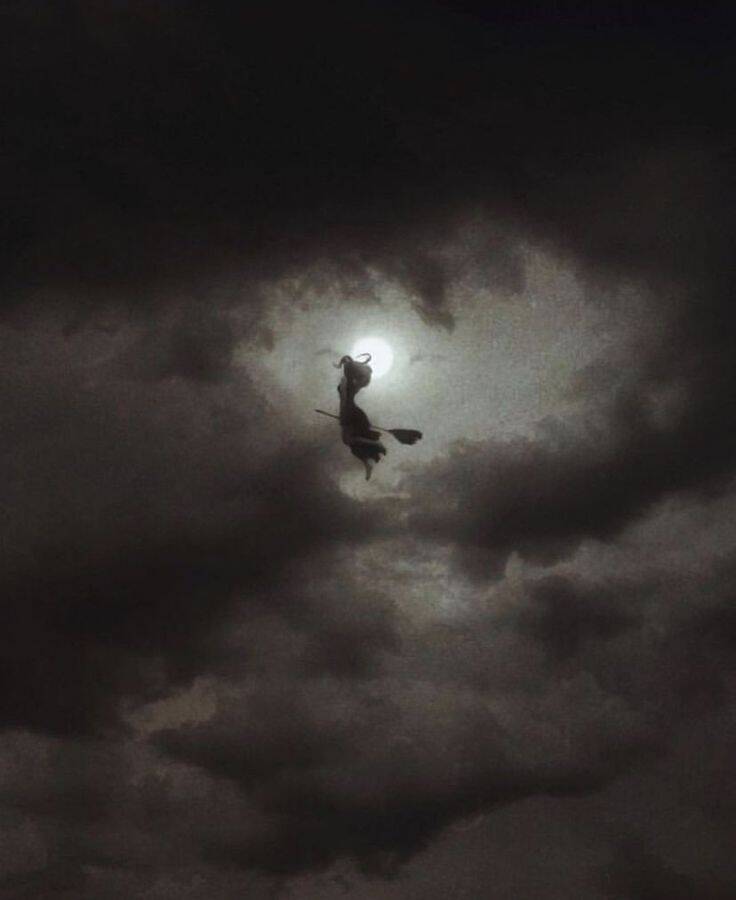The Book of Horrors
A work written by two German Dominican monks, Heinrich Kramer and Jacob Sprenger, and first published in 1487.
Its full title is :
Malleus Maleficarum, seu Martellus Hereticarum,
The Hammer of Witches, or the Hammer of Heretics.
the fifteenth century, The witch hunts
This book is often considered one of the most influential treatises on the witch hunts during the European Inquisition. It was widely used by ecclesiastical and civil authorities to justify the persecution, torture, and execution of individuals accused of witchcraft.
The "Malleus Maleficarum" was divided into three parts

theology and nature of evil
the practices of witches and how to recognize them
methods for judging and punishing them
This first part establishes a solid theological foundation to justify the witch hunts and the use of coercive methods to obtain confessions and convictions.
The authors approach witchcraft by defining it as heresy, a serious violation of the Christian faith, and depict witches as instruments of Satan, devoted to spreading evil and corruption in the world.
They also emphasize the dangers posed by witches to Christian society, viewing them as a serious threat that must be combated with determination.
This theological perspective fueled the perception of witches as responsible for various evils, such as the practice of curses, moral and spiritual corruption, as well as physical harm such as destroying crops and mistreating animals. Witches were often blamed for crop failures, livestock deaths, and other agricultural calamities. It was believed that they used their powers to cause harm to people's property and livelihoods.
Witches were accused of participating in diabolical rituals and worshipping the devil, thus posing a threat to the authority of the Church and governments. They were accused of conspiring against religious and civil institutions, overthrowing legitimate leaders, and instigating chaos and desolation.
We are now entering the most detailed yet controversial part of the book. It focuses on describing the practices of witches and how to recognize them.
The authors provide detailed descriptions of what they consider to be the typical characteristics and behaviors of witches, often depicting them as ugly women, unmarried or widowed, marginalized or ostracized by society.
"Sunt autem mulieres pessima genitalia, hominum corruptela, psittaci loquela, scelerum fontes, ignium in domos sui fomites, nocturnae furies, mandragorae radices, malorum seminaria, ignes inextinguibiles, zelotyporum carnis ingluvies, stibii ac aconiti tabes, oracula daemonum, aspides videntes, et non loquentes."
"They are the worst of women, sources of corruption for humanity, speaking like parrots, the fountains of crime, the arsonists of their own homes, the nocturnal furies, the roots of mandrake, the seeds of evil, unquenchable fires, the gluttony of jealous flesh, the decay of antimony and aconite, the oracles of demons, seeing asps, and not speaking."
Furthermore, this section explores the alleged pacts that witches would have made with the devil to obtain supernatural powers, exposing the consequences this would have on their souls and thus their physical beings.
The magical practices of witches are also examined, especially the gatherings where they were conducted.
The Sabbath.
Sabbaths are presented as nighttime events of a deeply sinister and demonic nature. These gatherings were supposed to take place in isolated and remote locations, such as clearings in the woods or mountains, where witches could practice their rituals in secret. The participants in the Sabbaths were described as exclusively witches, gathered under the direction of the devil or other demons. The activities that took place during these gatherings were depicted as highly sacrilegious and immoral, involving obscene dances, sexual orgies, banquets where unholy substances were consumed, as well as rituals of black magic and even sacrifices of children or animals.
The authors of the "Malleus Maleficarum" assert that participation in Sabbaths served as evidence of the pact that witches had made with the devil, like a baptism committing them to demonic allegiance and turning them away from their Christian faith.
Continuing
Judging
Punishing
the fate of marginalized women accused of witchcraft.
The last part provides advice on methods for judging and punishing witches, detailing legal procedures and judicial practices associated with the witch hunts.
It extensively describes interrogation methods for witchcraft suspects, strongly recommending the use of physical torture:
/The breaking wheel
/Flogging
/Stretching on the rack
/The pillory
/Deprivation of water and food.
Furthermore, the authors offer advice throughout the text on how to protect oneself against witches and curses, through the use of prayers, talismans, holy water, and blessed salt.
Finally, the authors also provide guidance on how to conduct witchcraft trials effectively, emphasizing the importance of following strict legal procedures and adhering to legal standards of the time, ranging from death by burning at the stake to less severe punishments such as imprisonment or flogging.

For those who may not have the motivation to delve into the three hundred Latin pages of this manifesto, Esoterica presents here a rather comprehensive summary.
Enjoy !
Ajouter un commentaire
Commentaires